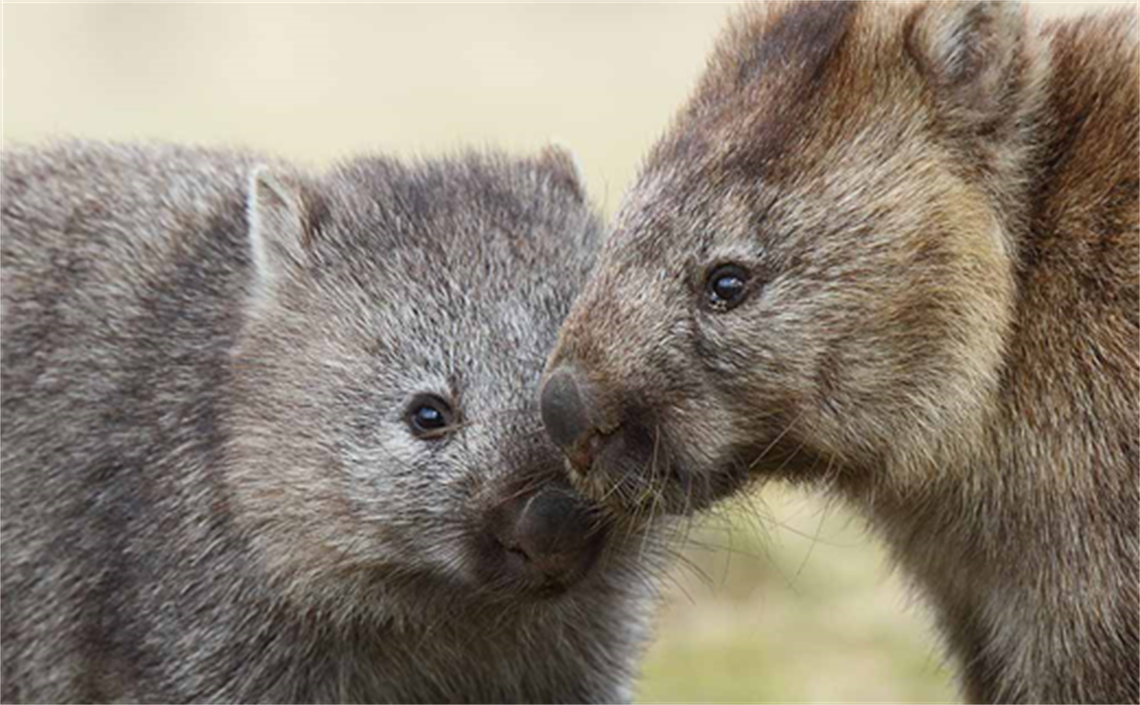
In the lead up to International Wombat Day (22 October) Shoalhaven residents and visitors are being asked to help combat a nasty parasitic mite that’s impacting the health of local wombats.
Mite infections are causing sarcoptic mange on the Australian native mammals, causing hair loss, scabs and ridges to form across their body, which then split when dry, become infected and cause immense discomfort and itchiness.
“Mange infections can become very serious if left untreated, impacting a wombat’s eyesight and can even lead to death,” said Manager Environmental Services, Dr Michael Roberts.
“We have a lot of wombats in areas across the Shoalhaven and there’s some simple steps people can take to help reduce the instance of mange and the impact on the local population,” Dr Roberts said.
“Luckily an indicator of mange is easy to spot – if you see a wombat feeding in broad daylight, it’s likely a sign they have mange,” he said.
Bare-nosed wombats or common wombats (Vombatus ursinus) are usually nocturnal animals who come out to feed in the early evening and during the night, but when infected with mange, often eat during the day.
A recent treatment campaign conducted by the University of Tasmania at Bendeela Recreation Area in Kangaroo Valley saw a reduction of more than 55 per cent in mange over a six-month period.
Anyone that observes an infected wombat should contact Wildlife Rescue South Coast. People can also join their volunteer program to learn how to treat mange in their area.
Other things people can do is be mindful when driving on roads through forested areas and keep to the speed limit to avoid collisions with wombats or other wildlife.
If you see injured wildlife, please contact Wildlife Rescue South Coast on 0418 427 214.








